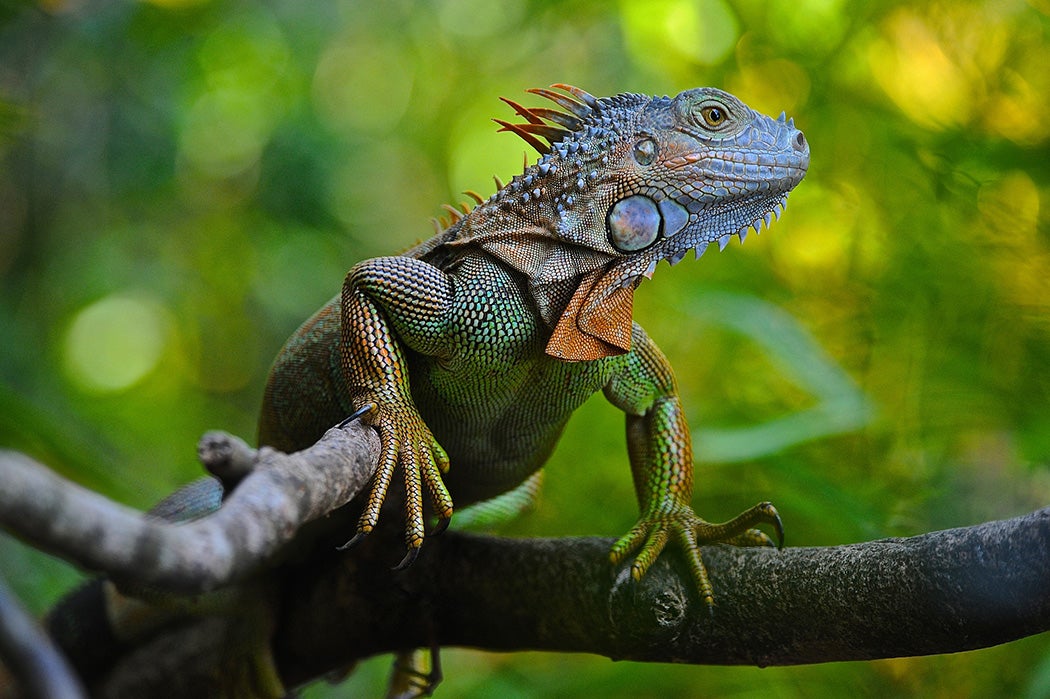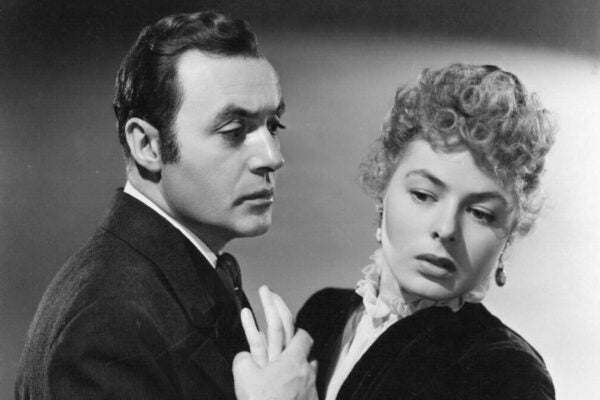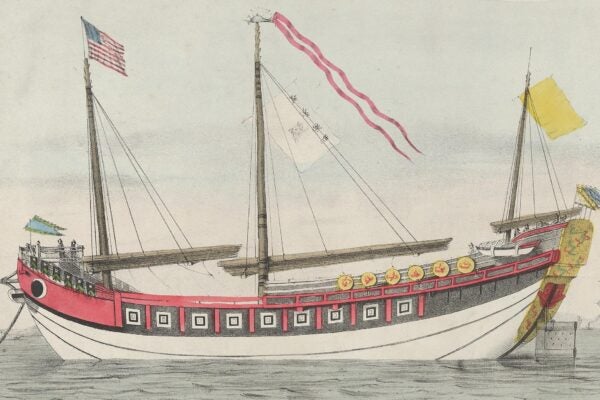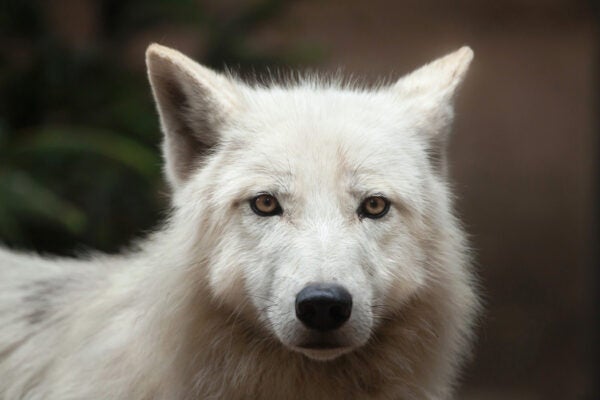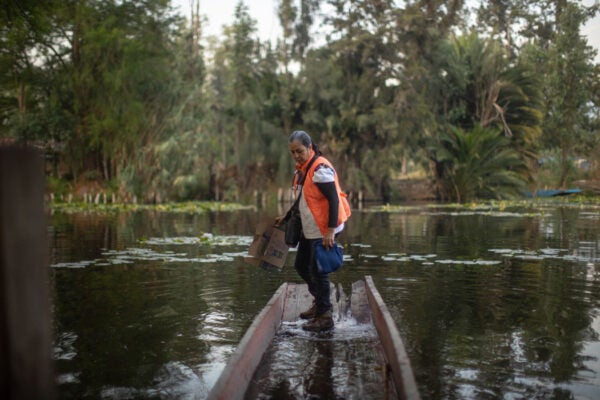Red Scares and Ren Fairs (Smithsonian Magazine)
by Gillian Bagwell
Renaissance fairs may harken back to Elizabethan times, but their origin story lies in McCarthyism and the birth of the 1960s counterculture.
The Unfit Underage Soldiers of the Civil War (Nursing Clio)
by Frances Clarke and Rebecca Jo Plant
Many underage boys enlisted illegally in the Civil War. Far from celebrating their bravery, many physicians and military leaders argued that their still-developing bodies made them liabilities for the Army—and that real fitness for the service didn’t arrive until a man was in his twenties.
The Things Salt Creek Has Seen (Southern Spaces)
by Thomas Hallock
In St. Petersburg, Florida, today, Salt Creek is fragmented, polluted, and often unrecognized by those who walk past it. Tracing its route through history unveils dreams of leisure, violent injustice, and laborious, often hopeless, efforts to control the natural world.
The Artist Who Painted the Creatures of the Deep (Hakai Magazine)
by Brad Fox
In the 1930s, artist Else Bostelmann created images used to document newly discovered deep-sea creatures—without ever seeing them herself.
The Horrors of Egg-Hunting in Gold Rush California (Literary Hub)
by Lizzie Stark
In nineteenth-century California, some men made their fortunes not on gold but on eggs. The scramble for the desperately sought-after commodity led to enormous death and destruction on the small, rocky Farallon Islands.
An Executioner in Colonial Louisiana (Black Perspectives)
by Menika Dirkson
In the early eighteenth century, Louis Congo was kidnapped from Africa, enslaved in Louisiana, and then manumitted into a state of semi-freedom in exchange for taking on some of the most horrific duties of colonial governance: public torture and executions.
What X Marks (The Conversation)
by Peter Schumer
Why do we use “X” to refer to something unknown or mysterious? To find the answer, some look to the multicultural history of algebra. But the real answer might come down to a quirk of French printing technology.
The Diving Horses of Atlantic City (Atlas Obscura)
by Diana Hubbell
For decades, horses and riders entertained crowds with the dangerous and unlikely act of plummeting 40 feet into a small pool. How did anyone come up with an idea like that? And what became of the horses and their riders?
Precolonial Africa is a Myth (Aeon)
by Olúfẹ́mi Táíwò
When our view of African societies begins with their relationship to European colonialism, we miss almost everything—from thousands of years of intellectual engagement with the rest of the world to the sweeping histories of African empires.
Our Own Personal Universes (Vox)
by Oshan Jarow
Some people can’t picture visual images in their minds. Some have no internal monologue. A new census of individuals’ experiences of perception aims to help us understand each other—and ourselves.
The Joys of Cherry Blossoms (Sapiens)
by Gideon Lasco
In Japan, hanami, or “cherry blossom viewing,” was once a pleasure for aristocrats only. Over the centuries, people have spread the practice—and the iconic cherry trees—all over the country, delighting local residents and visitors alike.
The Women Who Lived Underwater (Atlas Obscura)
by Amy Crawford
In 1970, a team of women scientists spent two weeks underwater, contributing to the study of marine life, plans for space exploration, and the status of women as people deemed capable of carrying out adventurous missions.
When Birds Travel By Boat (Hakai Magazine)
by Ute Eberle
Migration is hard work. But some birds have found a brilliant hack: catching a ride on board a cargo ship. Scientists are now studying how this behavior is bringing birds to new places.
The Cherokee Playwright Behind Oklahoma! (Smithsonian Magazine)
by Jennie Rothenberg Gritz
Oklahoma!, the show that transformed musical theater, was in large part the work of gay Cherokee playwright Lynn Riggs. When we remember that fact, it puts its setting and characters in a different light.
Capturing a Monsoon in a Scent (Atlas Obscura)
by Zinara Rathnayake
The origins of Indian scented oils known as attars may go back as far as the Indus Valley Civilization. Today, the unique process of making natural perfumes that capture the scent of rain remains a point of pride in the town of Kannauj.
The Wild World That’s Invaded Florida (Vox)
by Benji Jones
Burmese pythons, macaws from South America, and African vervet monkeys are just some of many non-native species that have found homes in Florida. Getting rid of all of them is impossible. So what should wildlife authorities do?
